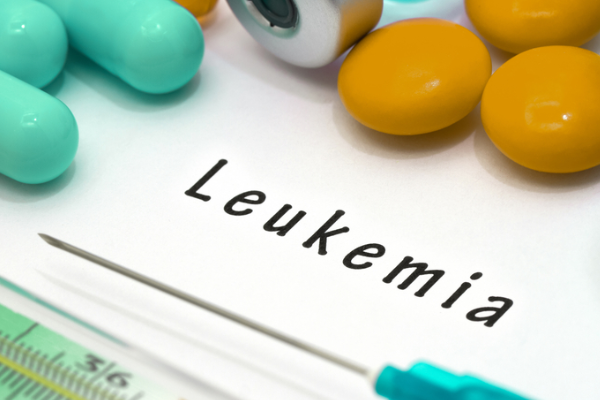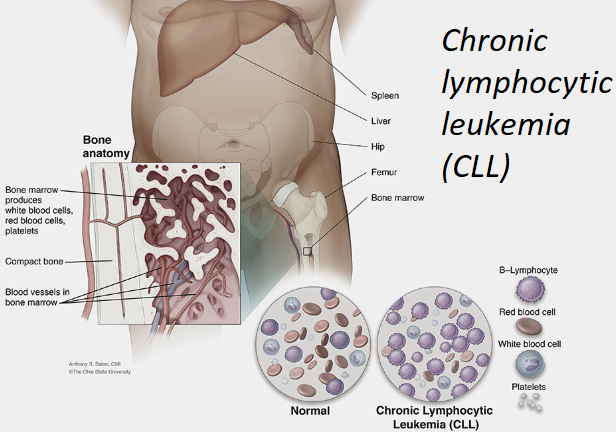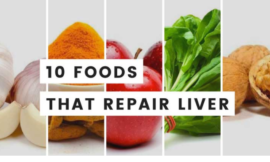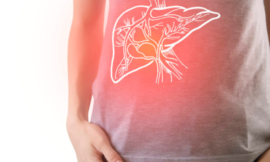Chronic lymphocytic leukemia (CLL) is a type of cancer of the blood and bone marrow, the spongy tissue inside bones where blood cells are made. In CLL, the leukemia cells often build up slowly. Many people don’t have any symptoms for at least a few years. But over time, the cells grow and spread to other parts of the body, including the lymph nodes, liver, and spleen.
Leukemia is different from other types of cancer that start in organs like the lungs, colon, or breast and then spread to the bone marrow. Cancers that start elsewhere and then spread to the bone marrow are not leukemia.
Symptoms
Many people with chronic lymphocytic leukemia have no early symptoms. Those who do develop signs and symptoms may experience:
- Swollen lymph nodes in your neck, armpits, stomach, or groin. Lymph nodes are pea-sized glands in these and other areas of your body.
- Fatigue
- Night sweats
- Frequent infections
- Loss of appetite and weight
- Shortness of breath
- Pain in the upper left portion of the abdomen, which may be caused by an enlarged spleen
Causes
In most cases, doctors don’t know what causes CLL. What’s known is that something happens to cause a genetic mutation in the DNA of blood-producing cells. This mutation causes the blood cells to produce abnormal, ineffective lymphocytes.
Beyond being ineffective, these abnormal lymphocytes continue to live and multiply, when normal lymphocytes would die. The abnormal lymphocytes accumulate in the blood and certain organs, where they cause complications. They may crowd healthy cells out of the bone marrow and interfere with normal blood cell production.
Doctors and researchers are working to understand the exact mechanism that causes chronic lymphocytic leukemia, but you’re more likely to get it if:
- You have a parent, sibling, or child who has CLL.
- You’re middle-aged or older.
- You’re a white man.
- You have relatives who are either Eastern European or Russian Jews.
If you were exposed to Agent Orange, an herbicide widely used during the Vietnam War, your chances of getting CLL may also be higher.
Risk factors
Factors that may increase the risk of chronic lymphocytic leukemia include:
- Your age. This disease occurs most often in older adults. On average, people diagnosed with chronic lymphocytic leukemia are in their 70s.
- Your race. Whites are more likely to develop chronic lymphocytic leukemia than are people of other races.
- Family history of blood and bone marrow cancers. A family history of chronic lymphocytic leukemia or other blood and bone marrow cancers may increase your risk.
- Exposure to chemicals. Certain herbicides and insecticides, including Agent Orange used during the Vietnam War, have been linked to an increased risk of chronic lymphocytic leukemia.
Treatment
Your treatment options for chronic lymphocytic leukemia depend on several factors, such as the stage of your cancer, whether you’re experiencing signs and symptoms, your overall health, and your preferences.
People with early-stage chronic lymphocytic leukemia typically don’t receive treatment. Your doctor will plan a checkup schedule for you. You may meet with your doctor and have your blood tested every few months to monitor your condition.
Initial treatment of CLL

Treatment for people with early-stage chronic lymphocytic leukemia is offered only through clinical trials. Studies that evaluate whether early treatment may be helpful might be an option for people with early-stage disease that has a high risk of progression. Talk to your doctor about your options.
Many different drugs and drug combinations can be used as the first treatment for CLL. The options include monoclonal antibodies, other targeted drugsand different combinations of these.
Some of the more commonly used treatments include:
- Ibrutinib (Imbruvica), alone or with rituximab (Rituxan)
- Acalabrutinib (Calquence), alone or with obinutuzumab (Gazyva)
- Venetoclax (Venclexta) and obinutuzumab
- Venetoclax alone, or with rituximab
- Bendamustine and rituximab (or another monoclonal antibody)
- High-dose prednisone and rituximab
- FCR: fludarabine, cyclophosphamide, and rituximab
- PCR: pentostatin, cyclophosphamide, and rituximab
- Chlorambucil and rituximab (or another monoclonal antibody)
- Obinutuzumab
- Ibrutinib and obinutuzumab
- Alemtuzumab (Campath), alone or with rituximab
Other drugs or combinations of drugs may also be used.
These drugs are prescription drugs are available offline as well as online pharmacies. You can take this medicine as per your doctors advice, some of the Indian online pharmacies provide these drugs best reasonable price like 1mg pharmacy, GDMeds pharmacy, 984degree pharmacy, Apollo pharmacy, etc. These are some of well know genuine online pharmacies pharmacies. Among these GDMeds and Apollo pharmacies are provide there quality services all over the world. You can directly visit there website and check with customer care services, they will help you get more details about the drugs and other offers.
Treatments for intermediate and advanced stages
Your doctor uses the stage of your chronic lymphocytic leukemia, results from various tests —including laboratory analysis of your cancer cells — and your overall health to make recommendations about your treatment.
If your doctor determines your chronic lymphocytic leukemia is progressing or is in the intermediate or advanced stages, your treatment options may include:
Chemotherapy (chemo). These are drugs that kill or control cancer cells. Doctors often combine two or more drugs that work in different ways. You may get chemo by pill, shot, or IV. The drugs travel through your blood to reach and affect cells that are dividing too quickly all over your body. This includes certain healthy cells, as well as cancer cells.
People usually get chemo in 3- to 4-week cycles that include a time of treatment and a time without treatment. This rest time gives your healthy cells time to rebuild and heal.
Side effects can include mouth sores, nausea, and low blood counts. But you can recover from that. Almost all side effects go away over time after treatment ends. And most chemo side effects can be treated or even prevented.
Targeted drug therapy. Targeted drugs are designed to take advantage of the specific vulnerabilities of your cancer cells. Your cancer cells are tested to determine which targeted drugs may be helpful.
Immunotherapy. These drugs help your body’s immune system recognize and destroy cancer cells. A type of immunotherapy called monoclonal antibodies is often used to treat CLL. They attach to certain proteins found on cancer cells and stimulate the immune system to destroy these cells. You get them through an IV or as a shot. Your doctor may give you this treatment on its own, but most people get it along with chemo.
Immunotherapy drugs cause different side effects than chemo does. Headache, fever, rash, and blood pressure changes are just a few examples. Some can be prevented, and all can be treated.
Bone marrow transplant. A bone marrow transplant, also known as a stem cell transplant, uses strong chemotherapy drugs to kill the stem cells in your bone marrow that are creating diseased lymphocytes. Then healthy adult blood stem cells from a donor are infused into your blood, where they travel to your bone marrow and begin making healthy blood cells.
As new and more-effective drug combinations have been developed, bone marrow transplant has become less common in treating chronic lymphocytic leukemia. Still in certain cases, this may be a treatment option.





